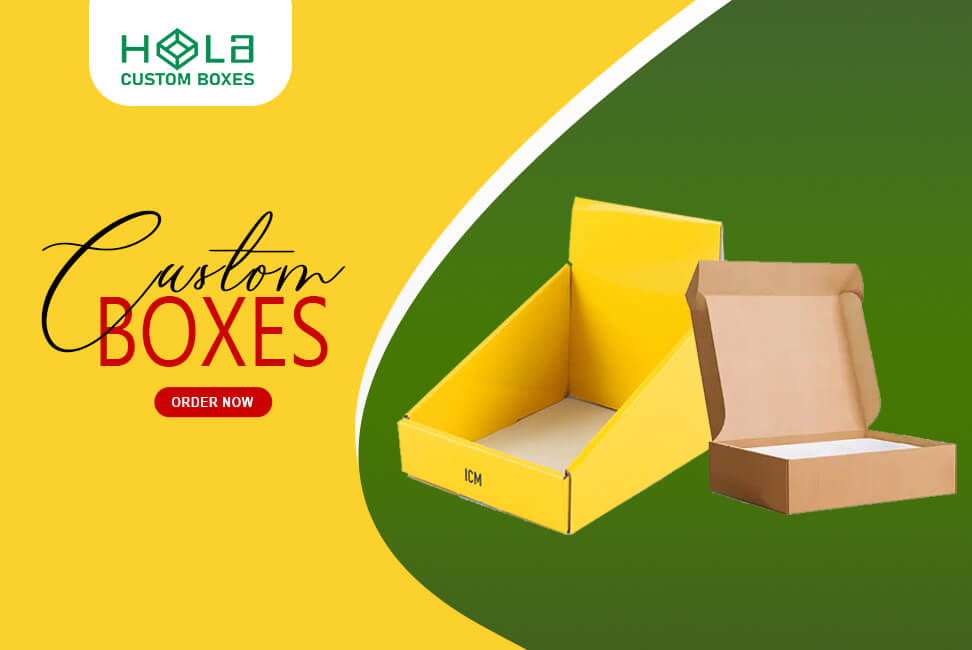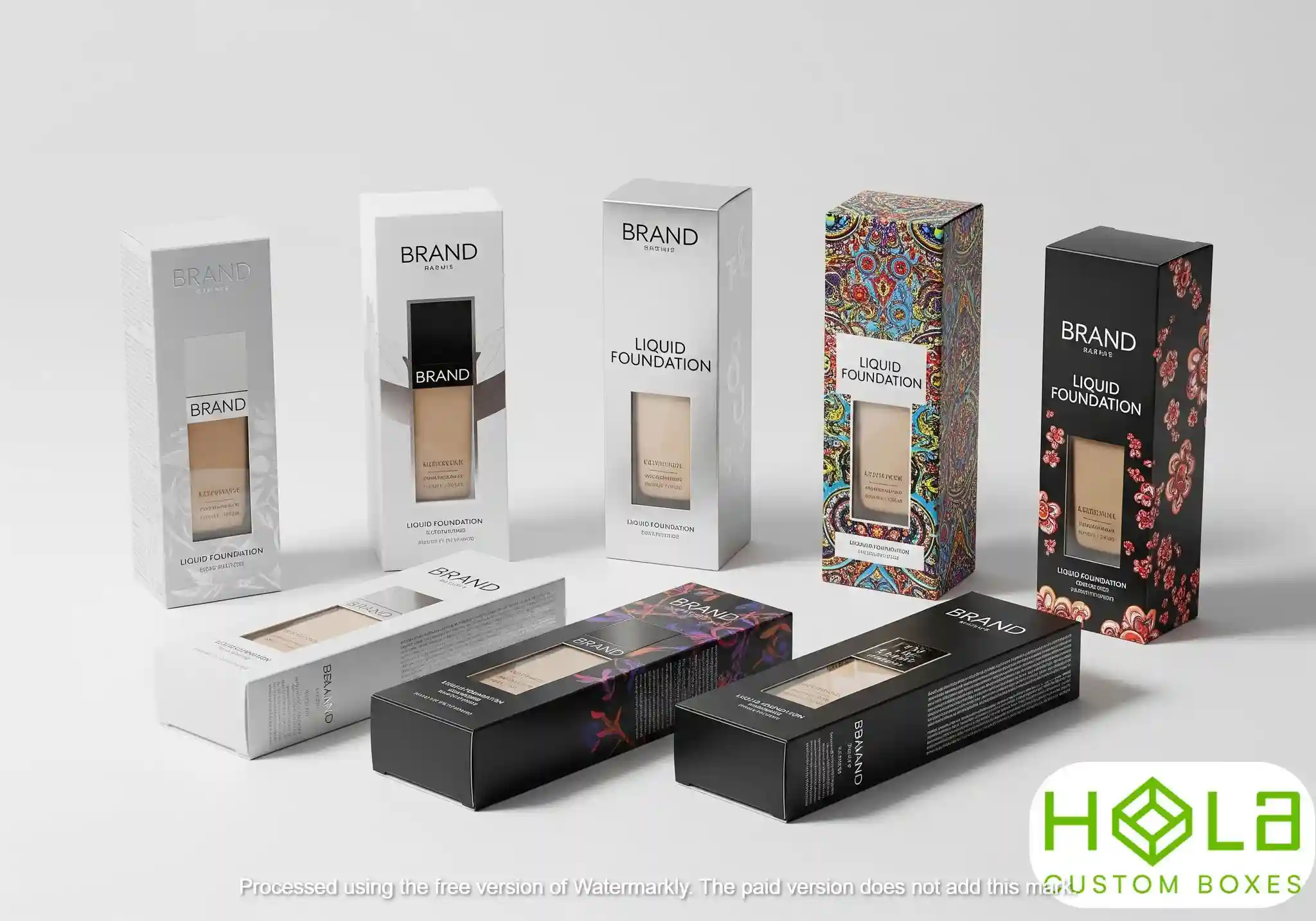How to Balance Cost and Creativity in Packaging Design
2025-09-23 12:58:51
To balance cost and creativity in packaging design, focus on understanding your target audience and their preferences. Use sustainable materials like recycled paper or biodegradable plastics to keep costs low while appealing to eco-conscious consumers. Embrace minimalist designs that reduce material use and production expenses. Leverage technology, like 3D modeling for visualizing designs, to streamline processes. Finally, measure success through feedback and adjust your designs to enhance effectiveness. There's more to discover about optimizing your packaging strategy.
Key Takeaways
- Utilize sustainable materials like recycled paper and biodegradable plastics to reduce costs and appeal to eco-conscious consumers.
- Embrace minimalist design to cut down on material usage while maintaining an elegant appearance.
- Leverage technology such as 3D modeling and prototyping to visualize and test designs before production, saving time and resources.
- Conduct target audience analysis to tailor designs that resonate with consumer preferences, ensuring creativity aligns with market demands.
- Regularly evaluate feedback and sales data to adjust designs, balancing innovative ideas with practical cost considerations.
Understanding the Importance of Packaging Design
Packaging design isn’t just about aesthetics; it plays a crucial role in a product's success. You’ve got to consider how it shapes your brand identity and contributes to the overall visual appeal. A well-designed package does more than catch the eye; it communicates your brand's values and message at a glance. When potential customers see your product on the shelf, the packaging must resonate with them, creating an immediate connection. In a crowded market, distinctive packaging can set you apart, encouraging consumers to choose your product over competitors. Remember, it’s not just what’s inside that matters; the outer design can significantly influence purchasing decisions and drive brand loyalty. Prioritizing effective packaging is essential for any successful product strategy.
Control spend with retail packaging boxes + selective finishes.
Analyzing Your Target Audience With Custom Boxes
Understanding your target audience is key to effective packaging design. By analyzing your target demographics, you can tailor your packaging to resonate with the consumers most likely to purchase your product. This means considering their preferences, values, and lifestyle choices.
- Identify age groups and preferences that influence design choices.
- Research trends that align with consumer interests and expectations.
- Gather feedback through surveys or focus groups to refine your approach.
Boost visibility with custom display packaging boxes.
Exploring Cost-Effective Materials and Techniques

When you're looking to balance cost and creativity in your packaging, exploring cost-effective materials and techniques becomes essential. You can start by considering sustainable materials, which not only reduce costs but also appeal to eco-conscious consumers. Recycled paper, biodegradable plastics, and plant-based inks can significantly lower expenses while enhancing your brand’s image.
Additionally, embrace minimalist designs. By simplifying your packaging, you can cut down on materials and production costs. Fewer colors and straightforward shapes can create an elegant look that resonates with customers.
Leveraging Technology for Innovative Solutions
As you seek innovative solutions for your packaging design, leveraging technology can transform your approach. By employing digital tools and automated processes, you can enhance creativity while maintaining cost-effectiveness. Here are a few ways to get started:
- 3D modeling software: Visualize your packaging design before production, allowing for adjustments and improvements without extra costs.
- Prototyping tools: Quickly create samples to test functionality and aesthetics, ensuring your design meets both consumer needs and brand identity.
- Automation in production: Streamline the packaging process, reducing labor costs and minimizing errors, which leads to a more efficient workflow.
Integrating these technologies not only fosters creative solutions but also keeps your project on budget. Embrace innovation to elevate your packaging design!
Elevate hero SKUs using custom rigid gift packaging boxes.
Measuring Success and Making Adjustments
To ensure your packaging design is truly effective, it’s crucial to measure its success and make necessary adjustments. Start by defining your success metrics, like sales growth, customer engagement, and brand recognition. These benchmarks will help you evaluate how well your design resonates with your target audience. Implement feedback loops by collecting insights from customers, retailers, and sales data. Regularly analyze this information to identify trends and areas for improvement. Don’t hesitate to pivot your design based on the feedback you receive. Whether it’s tweaking colors, materials, or messaging, being responsive to your audience’s needs will enhance your packaging’s effectiveness. Remember, measuring success and making adjustments is an ongoing process that can significantly impact your brand’s visibility and profitability.
Eco savings via custom printed kraft packaging boxes.
Conclusion
Balancing cost and creativity in packaging design isn't just possible; it's essential. You can craft visually appealing designs that resonate with your audience while keeping expenses in check. By understanding your market, exploring innovative materials, and leveraging technology, you can create packaging that stands out without breaking the bank. Remember, it's about maximizing impact while minimizing costs, ensuring your product captivates customers and enhances your brand. Embrace this balance, and watch your packaging elevate your success.
